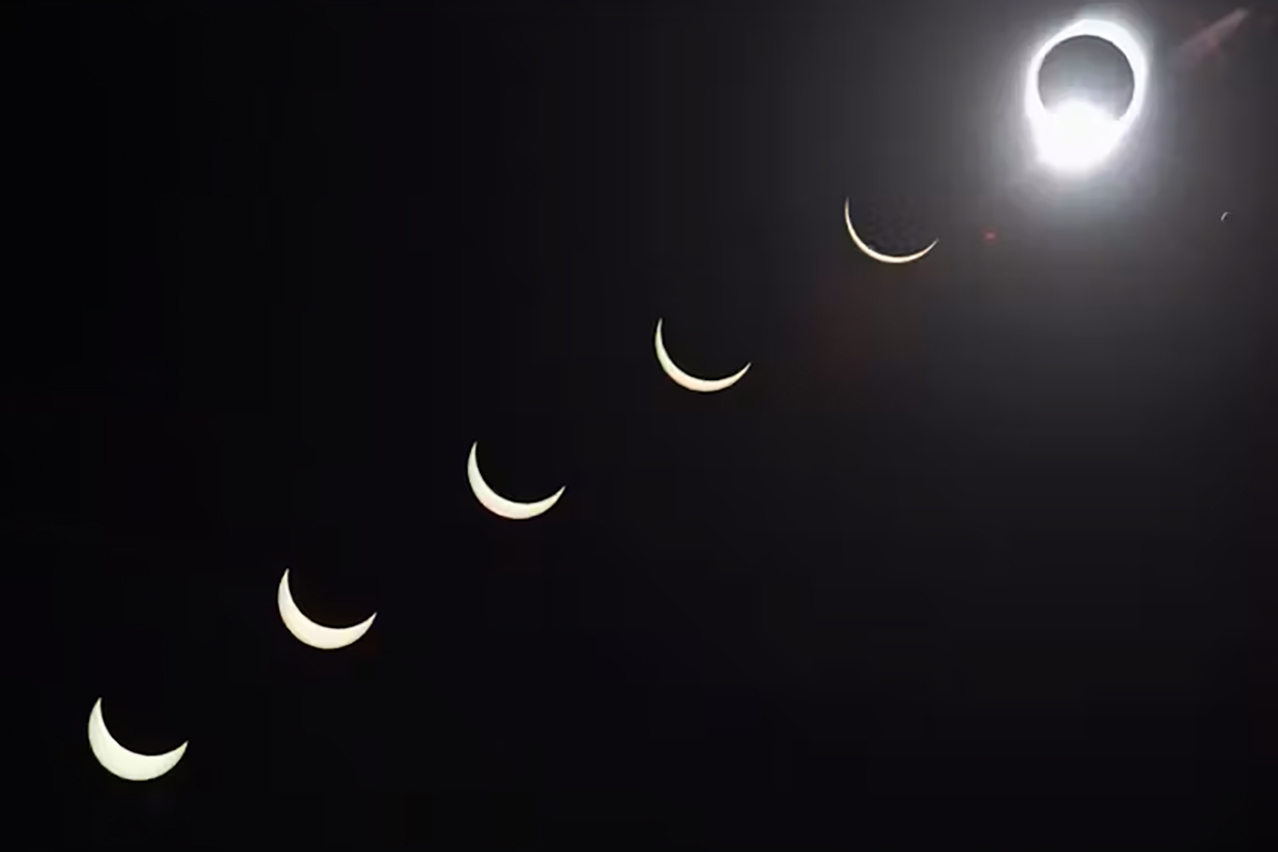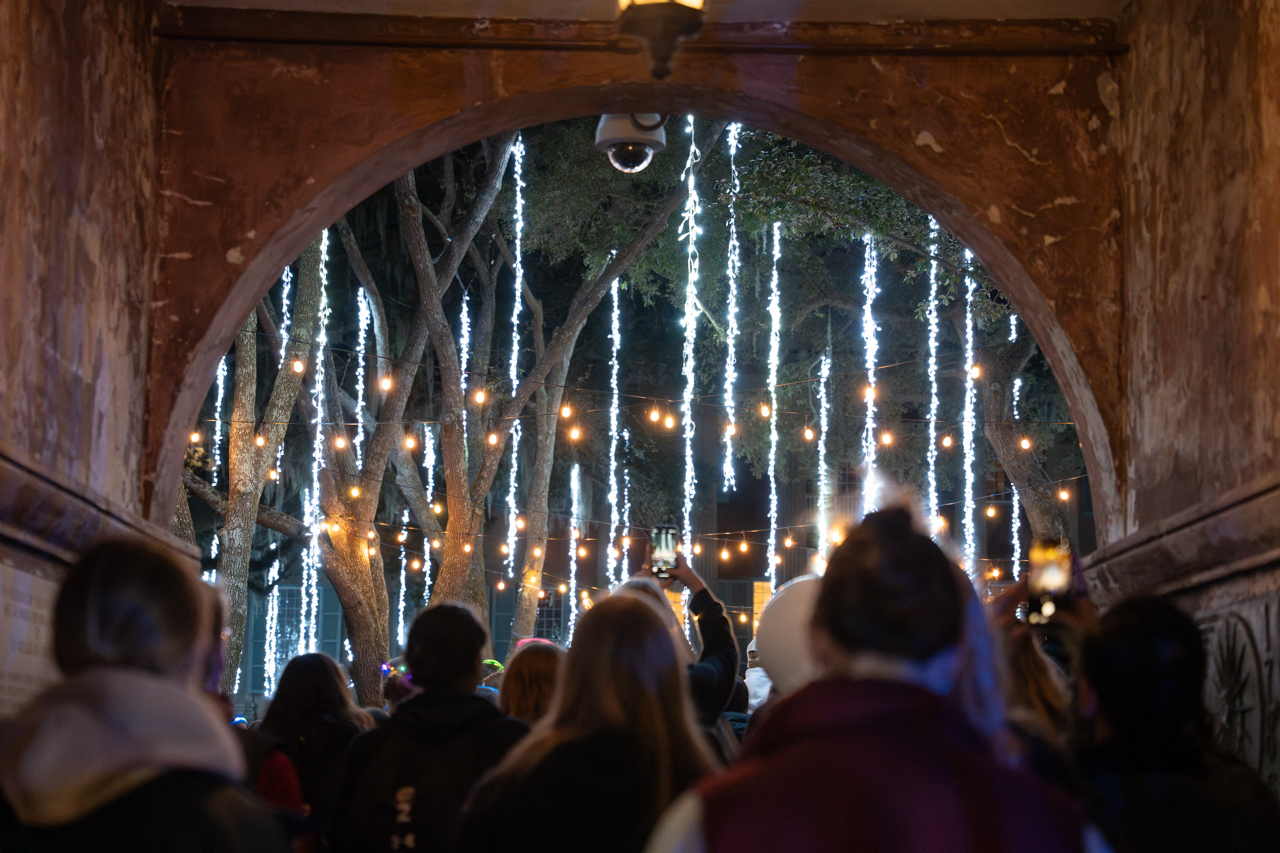CofC Professor Examines New Way to Experience Eclipses
Cassandra Runyon examines how visually impaired students can ‘get a feel for’ eclipses in an article for The Conversation.

A solar eclipse approaching totality. AP Photo/Richard Vogel, File
College of Charleston geology and environmental geosciences professor Cassandra Runyon has published an article for The Conversation about how visually impaired students experience the upcoming eclipse.
Runyon explains that she and a colleague created and published a set of tactile graphics, or graphics with raised and textured elements, to help people who are blind or visually impaired experience an eclipse.
RELATED: Read more about Cassandra Runyon’s braille book for the solar eclipse.
“NASA has lots of explanatory material that helps people visualize and understand rare phenomena like eclipses,” says Runyon. “But for people with visual impairments, maps and images don’t help. For tactile readers, their sense of touch is their vision. That’s where this guide and our other tactile books come in.”
She says to date, almost 11,000 copies of this book have been distributed to schools for the blind, state and local libraries, the Library of Congress and more.
Read the complete article on The Conversation.



